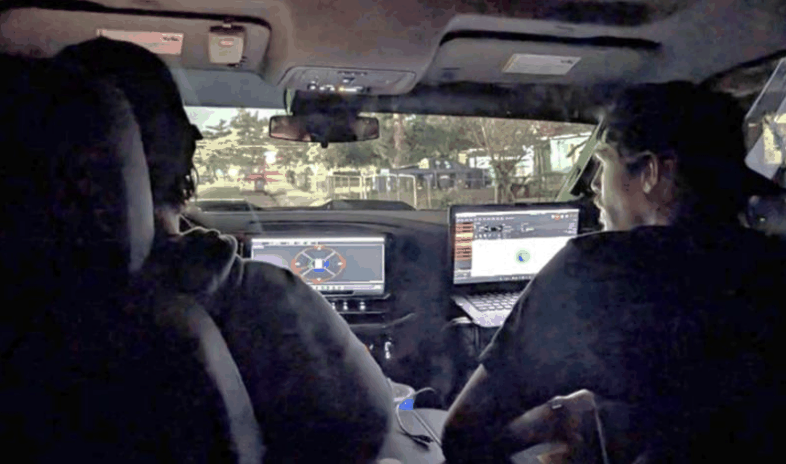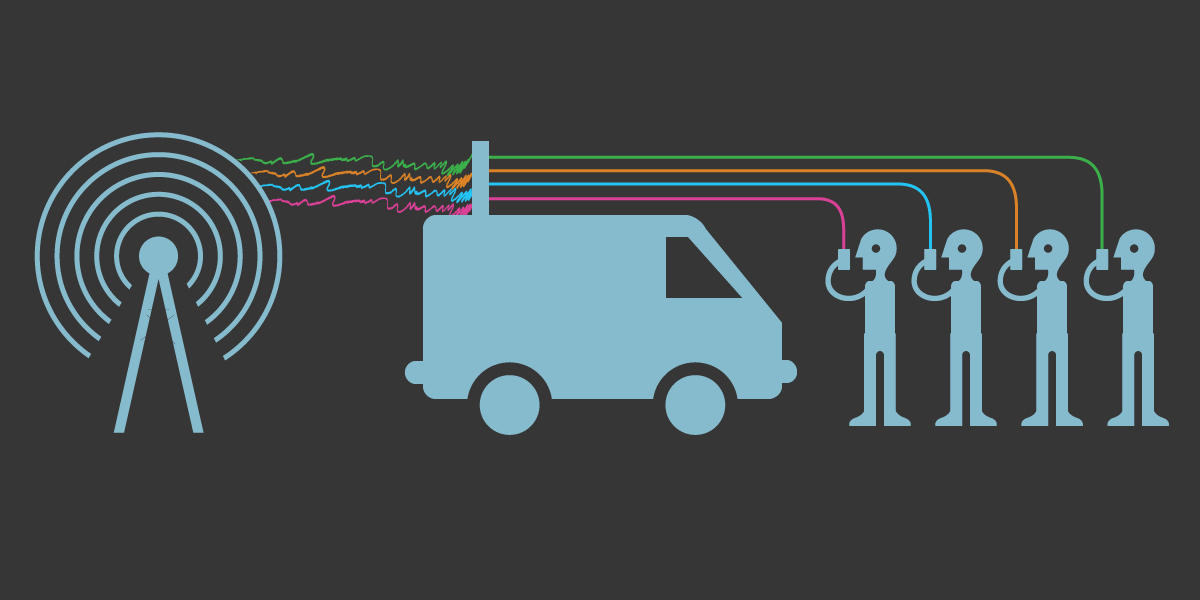EFF Tells Minnesota Supreme Court to Strike Down Geofence Warrant As Fourth Circuit Court of Appeals Takes the Wrong Turn
We haven’t seen the end of invasive geofence warrants just yet, despite Google’s big announcement late last year that it was fundamentally changing how it collects location data. Today, EFF is filing an amicus brief in the Minnesota Supreme Court in State v. Contreras-Sanchez, involving a warrant that directed Google to turn over an entire month of location data in response to a geofence warrant. Our brief argues that warrant violates the Fourth Amendment and Minnesota’s state constitution.
Geofence warrants require a provider—almost always Google—to search its entire reserve of user location data to identify all users or devices located within a geographic area during a time period specified by law enforcement. This creates a high risk of turning suspicion on innocent people for crimes they didn’t commit and can reveal sensitive and private information about where individuals have traveled in the past. We’ve seen a recent flurry of court cases involving geofence warrants, and these courts’ rulings will set important Fourth Amendment precedent not just in geofence cases, but other investigations involving similar “reverse warrants” such as users’ keyword searches on search engines.
In Contreras-Sanchez, police discovered a dead body on the side of a rural roadway. They did not know when the body was disposed of and had few leads, so they sought a warrant directing Google to turn over location data for the area around the site for the previous month. Notably, Google responded that turning over the entire monthlong dataset would be too “cumbersome,” even though it covered only a relatively sparsely populated area. Instead, following the now-familiar “three-step” process for geofence warrants, Google provided police with location data corresponding to twelve devices that had entered the area over a single week period. Police focused in on one device, then sought identifying information on that device, leading them to the defendant.
EFF’s brief, filed along with the National Association of Criminal Defense Lawyers and the Minnesota Association of Criminal Defense Lawyers, argues that the geofence warrant acted as a “general warrant” akin to the practices of the British agents in Colonial America who were authorized to go house by house, searching for smuggled goods and evidence of seditious publications. As we write in the brief:
This general warrant allowed law enforcement to go Google account by Google account, searching each user’s private location data for evidence of an alleged crime. The same concerns that animated staunch objection to general warrants in the past are equally relevant to geofence warrants today; these warrants lack individualized suspicion, allow for unbridled officer discretion, and impact the privacy rights of countless innocent individuals. And, like the eighteenth-century writs of assistance that inspired the Fourth Amendment’s drafters, geofence warrants are especially pernicious because they also have the potential to affect fundamental rights including freedom of speech, association, and bodily autonomy. Neither the Fourth Amendment, nor Article 1, Section 10 of the Minnesota Constitution tolerate a warrant of this breadth.
Federal appeals court makes a serious misstep on geofence warrants
Meanwhile, in the leading federal geofence case, United States v. Chatrie, the federal Court of Appeals for the Fourth Circuit issued a seriously misguided opinion earlier this month, holding that a geofence warrant covering a busy area around a bank robbery for two hours wasn’t even a Fourth Amendment search at all—meaning that the police wouldn’t necessarily need a warrant to get access to all of this sensitive location data. The two-judge majority opinion effectively ignores the impact of the U.S. Supreme Court’s landmark Fourth Amendment location data case, Carpenter v. United States, and similarly tries to distinguish the Fourth Circuit’s own important precedent in Leaders of a Beautiful Struggle v. Baltimore Police Department. In the majority’s view, in order to be a search protected by the Fourth Amendment, the government must collect a significant amount of location data over a long period of time, and the two-hour period at issue in Chatrie simply wasn’t long enough to interfere with individuals’ reasonable expectation of privacy in the “whole of their physical movements” the way longer surveillance was in Carpenter and Leaders.
But in a scathing, 70-plus page dissenting opinion, Judge Wynn dismantled these arguments, showing that Carpenter requires courts to look beyond formulaic applications of precedent and examine the actual character of the surveillance at issue. On nearly every metric, geofence warrants have the capacity to reveal just as, if not more, private and intimate associations than the tracking at issue in Carpenter. What’s more, Judge Wynn’s dissent demonstrated what we’ve argued in geofence cases across the country: These warrants violate the Fourth Amendment because they are not targeted to a particular individual or device, like a typical warrant for digital communications. The only “evidence” supporting a geofence warrant is that a crime occurred in a particular area, and the perpetrator likely carried a cell phone that shared location data with Google. For this reason, they inevitably sweep up potentially hundreds of people who have no connection to the crime under investigation—and could turn each of those people into a suspect.
Chatrie’s lawyers are petitioning the entire Fourth Circuit to review the case, and we’re hopeful that the Chatrie panel opinion will be overturned by the full court en banc. We’ll be filing another amicus brief supporting Chatrie’s petition. Stay tuned for that and for the ruling from the Minnesota Supreme Court in Contreras-Sanchez.




